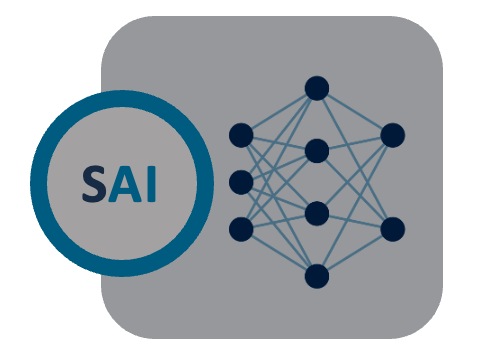New Coordinate based Joint Definition – *CONSTRAINED_JOINT_COOR_{JOINT_TYPE}
Several joints are available in LS-DYNA that can be defined between two rigid bodies or nodal rigid bodies. The difficult part of the joint definition from the pre-processing point of view is the creating of nodes that defines the joint axes and subsequent merging of them to the respective rigid bodies. To simplify this problem,…













